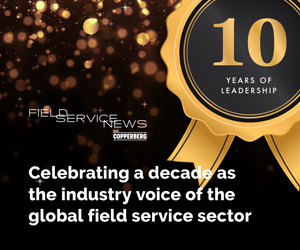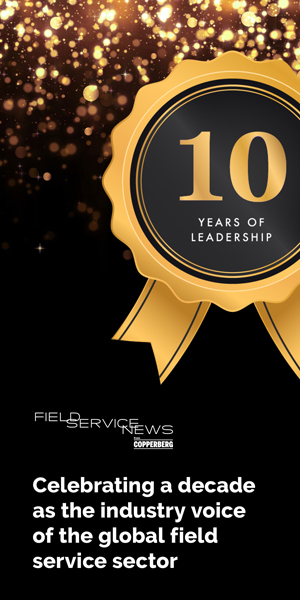In this highlight from the Field Service Podcast Kevin Green, author of Competitive People Strategy and former CEO of the Recruitment and Employment Confederation lists five key considerations that he believes can lead an organisation to establishing an adaptive culture. Kris Oldland, Editor-in-Chief, Field Service News hosts.
The Key Ingredients to an Adaptive Culture? People and Processes
In any kind of change management process, there is a deep-rooted need for establishing clear processes and outlining the reasons for change in a clear, concise and transparent manner at all levels.
However, this is particularly crucial when trying to change something as firmly embedded within an organisation as its corporate culture. The culture of a company is as fundamental as it gets when it comes to the core ethos that exists across all areas of operation.
Tackling such a change requires significant understanding of both where you are and where you wish to be so you can effectively plot a path from one to the other. In episode one of season five of the Field Service Podcast, Green outlined five key considerations which he believes organisations looking to establish such change should be aware of.
“I think there are five things that most organisations if they’re going to build an adaptive culture need to know,” Green explained.
“The first of these is to create a clear, coherent purpose. Why are we here? What are we doing? What do we stand for? This should be something that stands the test of time so people can see it’s not just about money, it’s about something else, something more fundamental to why the business exists.
“Secondly, I think you’ve got to define, embed and live the values. You’ve got to really make sure that the values mean something, and that people understand them. You can’t just impose them, you must engage people in a conversation so that they feel they own them. They [the wider team within the business, must feel they] are part of the organisation that’s created them.
The third consideration Green outlines revolves around who you hire within your leadership teams.
“You have to make sure you recruit talent and that you don’t get obsessed with superstars…”
“You must hire and develop managers who are good people, managers who can coach and develop people,” Green adds.
You don’t want management who take the attitude of ‘I’m the boss I tell you what to do’ in a traditional instruction-driven manner Green explains, commenting “It’s more about listening, engaging, developing, helping people learn.”
The fourth consideration is again rooted in finding the right people that will thrive in the type of environment you are creating. “You have to make sure you recruit talent and that you don’t get obsessed with superstars,” Green comments “Make sure that people fit the culture. [This way] you find managers and leaders and other talent that are going to thrive in the environment you’re creating.”
The final consideration Green outlines is process orientated. “You really need to focus on how the work actually gets done,” he asserts.
“For example, is it lean or agile? There’s lots of tools out there, which are all about empowering people to work locally to improve things. An environment of continuous improvement where people’s views are listened to, where they can come up with solutions to the problems that customers and people are having with the product or service is hugely important.
“If you follow those five things, you’re pretty well along on journey of moving from a mechanistic culture to one which is much more adaptive and responsive to customers wants and needs.”
Further Reading:
- Read more about Leadership
- Connect with Kevin Green on LinkedIn
- Follow Kevin Green on Twitter
- Buy Competitive People Strategy
- Access over 24 resources on recovering from the pandemic and building a new normal (PRO)
- Access over 50 hours of in-depth industry interviews in the Field Service News Digital Symposium (PRO)














